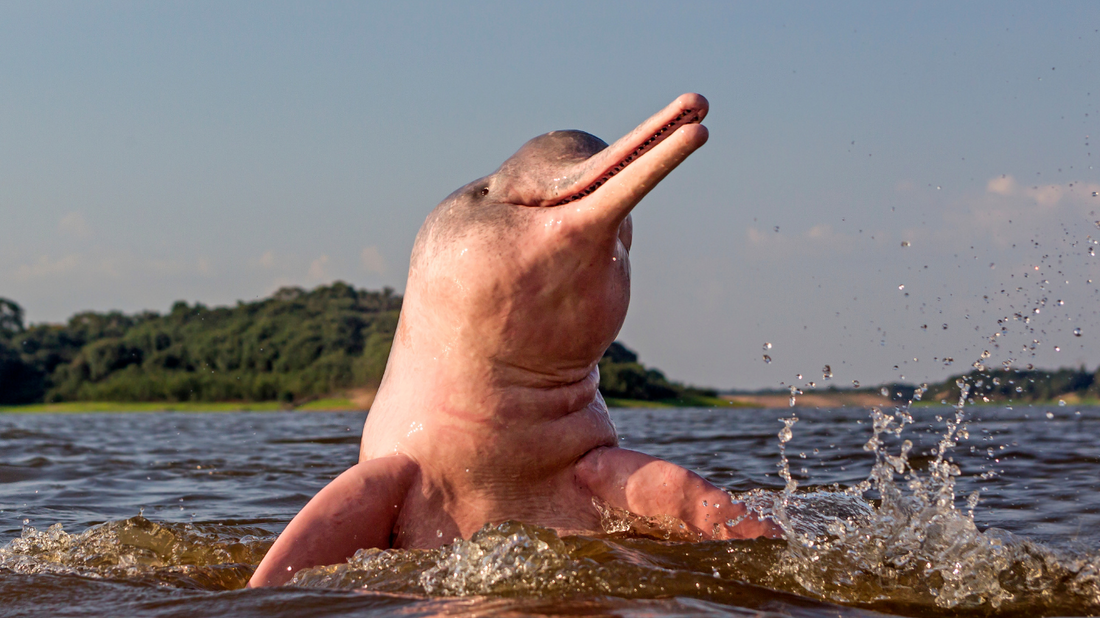
River dolphins are among the most endangered creatures on our planet. These unique underwater mammals are facing threats from all sides—pollution, rising water temperatures, and declining water quality, all driven by human activity. As we observe River Day and World Environment Day, it’s crucial to understand the plight of river dolphins and what we can do to save them before it’s too late.
Only 5 Species of River Dolphins Remain
Today, only five species of river dolphins remain, found exclusively in South America and Asia. In the Amazon River, you can encounter the Tucuxi and Pink River dolphins. In Asia, the Ganges, Indus, Irrawaddy, and Yangtze finless porpoises still exist, though their numbers are rapidly dwindling. Tragically, the Yangtze finless porpoise, also known as the Baiji, was the first dolphin species to be declared extinct due to human activity. In the Mekong River, the last Irrawaddy dolphins in Laos disappeared two years ago, leaving fewer than 100 remaining along the river's stretch to the ocean, primarily due to dam construction. Meanwhile, Thailand's Songkhla Lake has only 14 Irrawaddy dolphins left, with their numbers continuing to decline due to harmful fishing practices. Across the globe, these species face the same severe threats, and their survival is increasingly precarious.
Why We Must Save Them
River dolphins play a crucial role in maintaining healthy river ecosystems. They help regulate fish populations, ensuring a balanced and thriving aquatic environment. Their presence also serves as a vital indicator of water quality and overall ecosystem health. If river dolphins disappear, it signals a dangerously degraded ecosystem, which could lead to a cascade of negative effects: invasive species taking over, native fish populations vanishing, and the loss of a species that has existed for millions of years. These are powerful reasons why we must act now to protect river dolphins before it’s too late.
How Can We Save Them?
Saving river dolphins requires a collective effort. Here are some steps we can take.
1. Reduce Water Pollution: Support and enforce stricter regulations on water pollution to improve the quality of their habitats.
2. Rethink Dam Construction: Advocate for better-designed dams that allow safer dolphin migration and reduce the need for new dam construction.
3. Promote Sustainable Fishing: Encourage sustainable fishing practices to prevent accidental dolphin deaths and preserve fish populations.
4. Raise Awareness: Educate others about the plight of river dolphins and support conservation programs that work with local communities to protect these species.
By taking these actions, we can make a significant difference in the survival of river dolphins.
The fate of river dolphins is in our hands. As we celebrate River Day and World Environment Day, let’s take this opportunity to reflect on our impact on these incredible creatures and their ecosystems. This is a turning point—a chance to find a balance between development and conservation. By taking meaningful steps to protect river dolphins and their habitats, we’re not only preserving a species but also contributing to a healthier, more sustainable world.
